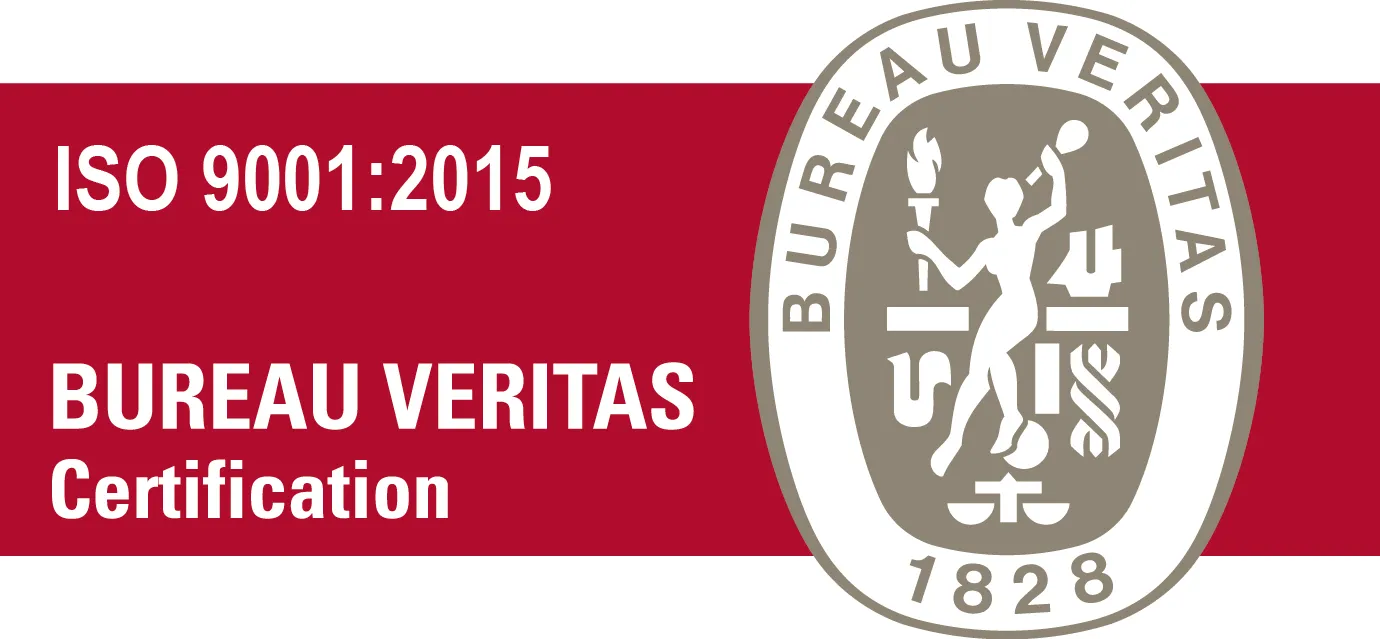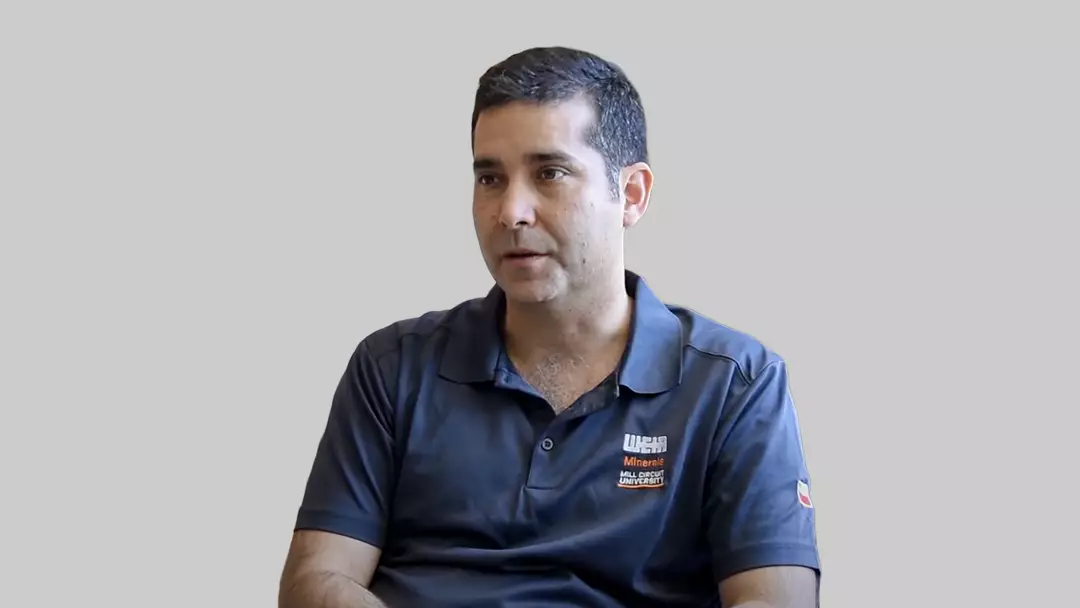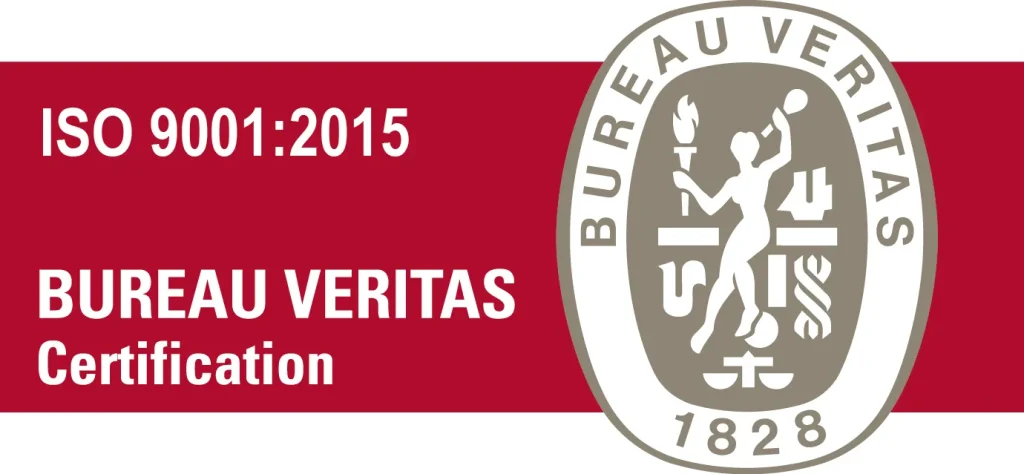
FREQUENTLY ASKED QUESTIONS
How does alcohol and drug use in the workplace affect me?
Drug use in the workplace have a highly relevant negative impact, both for the worker and for the organization.
Working under the influence of psychoactive substances that impair the user’s cognitive abilities leads to risky behaviors. This increases the likelihood of work-related accidents, as well as increased absenteeism, turnover and decreased productivity.
Other direct and indirect effects caused by drug consumption in the workplace are:
- Increased quantity of medical licenses due to consumption related pathologies.
- Physical and mental alterations in workers.
- Delays and unjustified absences.
- Irritability and anxiety caused by withdrawal.
- Increased production costs caused by low productivity.
- Work overload on other collaborators due to a drop in the performance of the worker who consumes.
- Increased production costs due to lower productivity.
- Damage to company equipment and assets.
How do drug tests work?
When a drug test is to be conducted, there is more than one way to do it. Some of them are:
Hair follicle test: A gram of hair is taken as a sample, which is sent to a laboratory for screening. The test reveals if the user has used drugs in the past 90 days.
Saliva test: As its name says, this method tests for drug traces in the user’s saliva, being able to detect if the user has consumed any during the past 12 hours.
Urine test: The user’s urine is analyzed, revealing if they have used drugs during the past 72 hours.
What types of alcohol tests exist?
Alcohol can be measured in grams per liter (gr/lt) using devices that use “combustion cells”. These analyze the user’s breath, delivering a numerical result either in (gr/lt) or as a percentage (C, or Blood Alcohol Level).
This substance can also be measured using passive or other single-use devices.
What types of alcohol tests exist?
Alcohol can be measured in grams per liter (gr/lt) using devices that use “combustion cells”. These analyze the user’s breath, delivering a numerical result either in (gr/lt) or as a percentage (C, or Blood Alcohol Level).
This substance can also be measured using passive or other single-use devices.
What types of drugs exist?
Drugs can be classified according to the effects they have on the human body. These categories are:
THC or Marijuana: Its active ingredient is the hallucinogen called tetrahydrocannabinol (THC). Today its consumption is socially very normalized and can produce effects such as paranoia, damage to the ability to learn and motor coordination, difficulties in performing complex tasks, among other effects. In addition, it causes a reduction of attention and alters perception and reaction capacity.
THC is present in various forms, such as cigarettes commonly known as "joints", cookies, infusions, oils, cakes or inhalations.
Cocaine: It is a stimulant made from coca leaves, which is consumed in various forms, such as cocaine hydrochloride, cocaine base paste or crack. It produces effects such as increased alertness, increased energy, lack of sleep, decreased appetite, etc., generating dependence in a very short period of time.
Methamphetamine (ecstasy): It is a synthetic drug whose effect is stimulant, being ecstasy one of its most common forms. It is metabolized like amphetamine and can produce irreparable damage to the brain, manifested through severe seizures and convulsions.
PCP or Phencyclidine: It is a hallucinogen whose effects are unpredictable and varied, ranging from euphoria, anxiety, distortion of time and space to panic or hallucinations. This drug can lead to paranoia and irrational behaviors.
Amphetamines: Known colloquially as "peppers", these are central nervous system stimulants and can cause severe dependence. Their effects include enhanced alertness, increased energy, decreased appetite or sleeplessness. They can be found in some medications.
Opiates: These are highly addictive extracts of a resin of the plant known as poppy. Although opium is a natural hallucinogen, its medicinal use is analgesic since they depress the central nervous system, and may even alter the functioning of the respiratory system. They are only used clinically in cases of very severe pain.
Barbitúricos: Generalmente existen en forma de antidepresivos que producen efectos similares a los del alcohol.
Benzodiacepinas: Son medicamentos psicotrópicos (es decir, actúan sobre el sistema nervioso central), los que se utilizan terapéuticamente como relajantes o sedantes para eliminar síntomas como la ansiedad. También es posible consumirlas como pastillas para dormir.
Methadone: It is a synthetic drug that produces the same effects as morphine and heroin. It is used primarily in drug treatment and can be extremely addictive.
Alcohol: It is obtained through processes such as fermentation or distillation, the result of which is ethanol. Its consumption is very normalized and causes perceptual alterations, makes it difficult to process information and reduces concentration, making it difficult to assess risks. Its most frequent symptoms are euphoria, speech distortion and loss of motor coordination.
Tobacco: Its name comes from the plant from which it is obtained, and like alcohol, it is legal. It can be highly addictive and harmful to health.
Its consumption is allowed only in authorized places, according to law 20.660.
What are the most used drugs in the workplace?
Our seventh study “¿Su empresa da positivo? , shows that marijuana is the most frequently consumed drug among Chilean workers (9.76% of the results, proportional to the amount of positive cases). It is followed by cocaine (7%), while the third place is taken by the consumption of both of these substances (4.25%).
Alcohol and methamphetamines account for 0.23% and 0.46% respectively.
Regarding the recent use of these substances by economic segment in companies that don’t regularly test their employees, the study shows that it is proportionally higher in the industry and manufacturing sector, where 28.57% tested positive, followed by construction, with 23.81%. 10.62% corresponds to transportation, while 17.65% and 18.64% were reached by the commerce and services segments, respectively.
Is it legal to make drug testing in the workplace?
The ORD. Nº3032/47 of the National Labor Directorate’s legal department, which regards the internal regulations of a company, states that:
- The obligations and prohibitions that justify drug and alcohol control must be contained in the company's Internal Regulations.
- The rules on drug and alcohol testing should specify the testing procedure used for drug and alcohol testing.
- All documentation that is made known to workers in relation to the drug and alcohol consumption control system must be written entirely in Spanish.
- It is necessary that any regulation on the control of drug use should list the types of drugs that will be subject to such control.
- The temporal and territorial extension of the obligations and prohibitions regarding drug consumption and alcohol abuse must be limited to working hours and company premises.
- Regulatory norms that regulate a program related to the control of drug and alcohol consumption must comply with the requirements of proportionality, i.e., they must be suitable, necessary and proportional.

